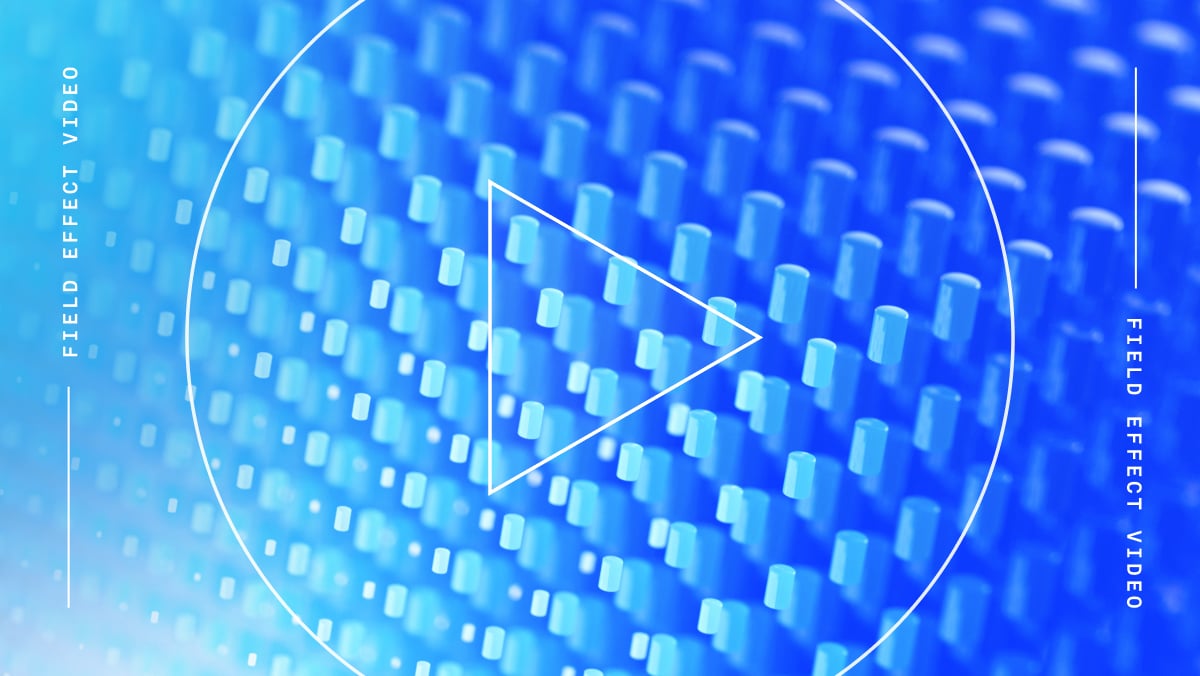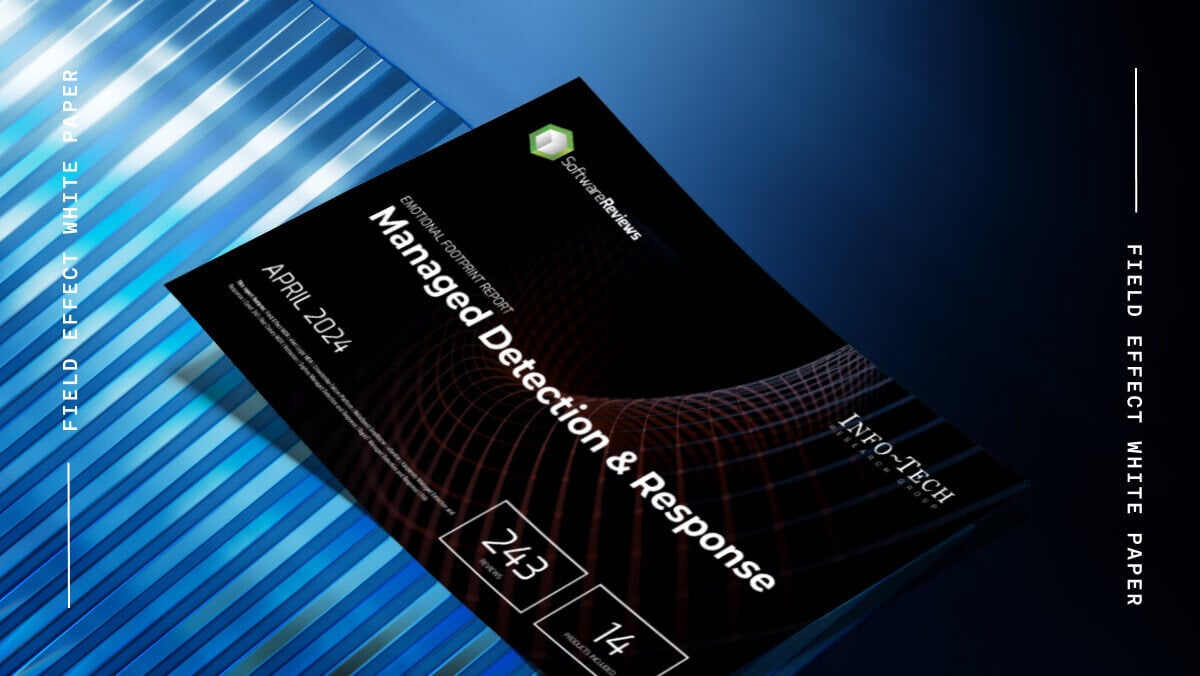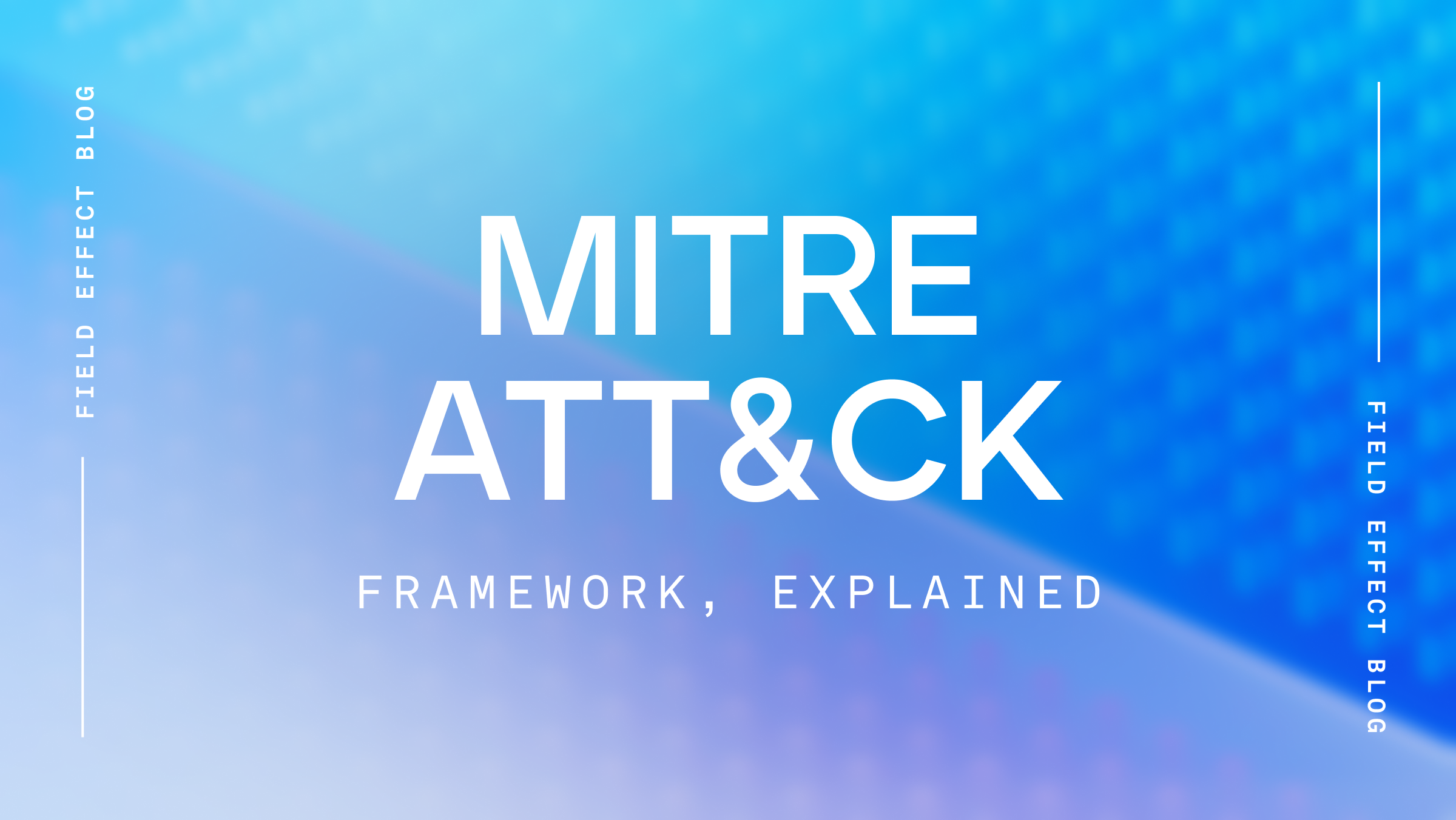
Video
Tour the Field Effect MDR Portal
Watch this 3-minute demo that introduces key features of Field Effect MDR's proactive approach to stopping cyberthreats...
Evaluation Results
MITRE Engenuity ATT&CK Evaluations: Managed Services – Round 2 (2023) shows how Field Effect MDR protects the SME community without noise or business disruption.
MITRE ATT&CK EVALUATIONS
Field Effect MDR demonstrated early, rapid threat detection and purposeful, clear alerting, which would've fully protected our customers had this simulated scenario been a true cyberattack.
01
02
03
04
EVALUATION OVERVIEW
Field Effect MDR detected threat activity only two minutes into the simulated attack, and identified four key risks before the evaluation even began.
Throughout the attack, which spanned 15 steps, Field Effect MDR consistently detected malicious behavior at the first stages of each step.
Had this been a true event, Field Effect MDR would have neutralized every step to halt the spread and prevent business disruption—effectively thwarting the attack early and protecting our customers 100%.
Evaluation Methodology
The MITRE Engenuity ATT&CK Evaluation evaluated vendors’ abilities to detect and report 43 tactics and techniques out of a total of 174.
Our Approach
While Field Effect MDR detected each step of the attack in its earliest stages, it's critical to note that the evaluation focused on vendors' abilities to report on adversarial behavior, not on end-user experience or threat detection and intervention capabilities.
So when assessing results, consider if the vendor:
Insight & Guidance

Video
Watch this 3-minute demo that introduces key features of Field Effect MDR's proactive approach to stopping cyberthreats...

White Paper
Compare leading managed detection and response (MDR) vendors, using real end-user feedback and ratings, to make more...

Blog Post
Learn more about the MITRE ATT&CK Framework, a knowledge base that dives into common adversarial behavior to help users...

About Field Effect
Our innovative approach makes Field Effect MDR ideal for the small and mid-sized enterprise market whose needs and expectations differ from those with internal cybersecurity teams.
For our SME and MSP clients looking to offload some or all of their cybersecurity burden, we’ll continue providing streamlined reporting and open communication—an intentionally different cybersecurity solution tailored specifically to their needs.
Today, 1000s of SMEs and the MSPs who support them benefit from:
Field Effect
Businesses of all sizes should have access to world-class cybersecurity.